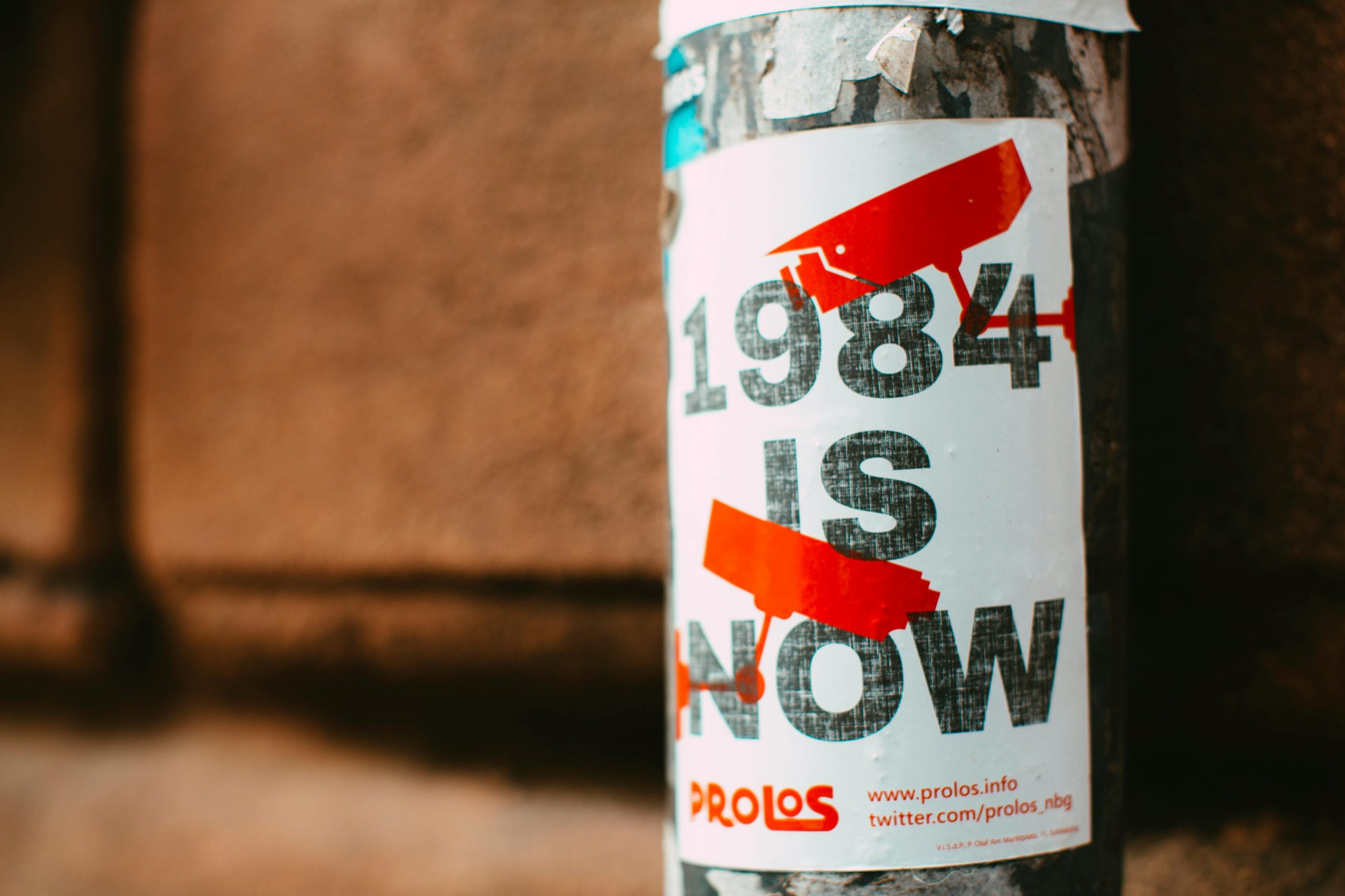Are you focused on solving a problem or enhancing an existing product?
When it comes to developing a new product or refining an existing one, how do you generate ideas or identify challenges to address?
Is it more advantageous to upgrade something already available rather than build something entirely new? Tackling a problem can often be risky, expensive, and time-consuming, while making enhancements to established products may seem like a safer route. However, competing against well-known brands and inexpensive alternatives from overseas can still present significant challenges.
Which approach do you prefer?










3 Comments
That’s a great question! The decision between solving a problem with a new product or improving an existing one ultimately depends on your strengths, resources, and market landscape.
Identifying Problems or Gaps: Starting from scratch often involves extensive market research and customer feedback to identify pain points. Engaging with potential users through surveys, interviews, and social media can help uncover issues that need solving. Sometimes, your personal experiences or frustrations with existing products can spark an idea for a new solution.
Improvement vs. Innovation: Improving an existing product can indeed feel less risky, as there’s usually a proven market demand. However, distinguishing your product is crucial. This could entail enhancing quality, adding new features, improving design, or offering better customer service. Analyzing competitors to identify their weaknesses can provide insights into where you can innovate.
Market Analysis: Assessing the competitive landscape is essential. If the market is saturated with similar products, launching something new might require significant differentiation and a unique value proposition. Alternatively, if you find a neglected niche or an underserved segment, that could be your sweet spot.
Balancing Risks: Starting with improvements can be a strategic approach, especially if you’re new to product development. It allows you to test the waters and build your brand gradually while minimizing some risks associated with innovation. However, if you spot a significant gap that you can fill, that potential upside might outweigh the risks.
Ultimately, I think it’s a matter of personal preference and strategic alignment. If you’re passionate about addressing a specific problem, that could fuel your drive through the challenges of developing something entirely new. If you enjoy refining and iterating on what already exists, then focusing on improvements might be more fulfilling. Either way, it’s vital to remain adaptable and responsive to market feedback!
This is a thought-provoking post that really highlights an important dilemma in product development. I believe that the choice between solving a problem and enhancing an existing product often depends on the market landscape and the specific needs of the target audience at that time.
One approach could be to start with user feedback and market research. Understanding the pain points of your potential customers can reveal whether there’s a significant gap that needs addressing or if an existing solution can be enhanced to provide better value. In my experience, a hybrid approach sometimes yields the best results: iterate on existing products while also dedicating resources to explore new ideas that could disrupt the market.
Additionally, it’s crucial to consider that even an enhancement can be perceived as innovative if it significantly improves user experience or functionality. It’s worth noting that even established brands can be vulnerable to disruption by a fresh, more agile startup that understands the current consumer needs better.
Ultimately, aligning your strategy—whether focusing on problem-solving or enhancement— with your overall business goals and resource capabilities can lead to the most fruitful outcomes. What strategies do others here recommend for balancing these approaches effectively?
This is a thought-provoking discussion that touches on strategic decision-making in product development. Both approaches—solving a new problem versus improving an existing product—have their merits, and the choice often depends on market dynamics, resources, and long-term vision.
Innovative problem-solving can lead to disruptive breakthroughs that redefine industries, but it comes with higher risk and uncertainty. Conversely, enhancing existing products allows for leveraging proven concepts, customer loyalty, and quicker market entry, though it requires a keen eye for meaningful improvements that truly add value.
A balanced approach might involve identifying pain points within current offerings and exploring incremental innovations that can differentiate a product without overextending resources. Additionally, incorporating customer feedback can reveal unmet needs, guiding whether to pursue a radical solution or incremental upgrade.
Ultimately, aligning the development strategy with your company’s core strengths, market opportunities, and risk appetite will ensure a more targeted and effective approach. Thanks for sparking this important conversation!